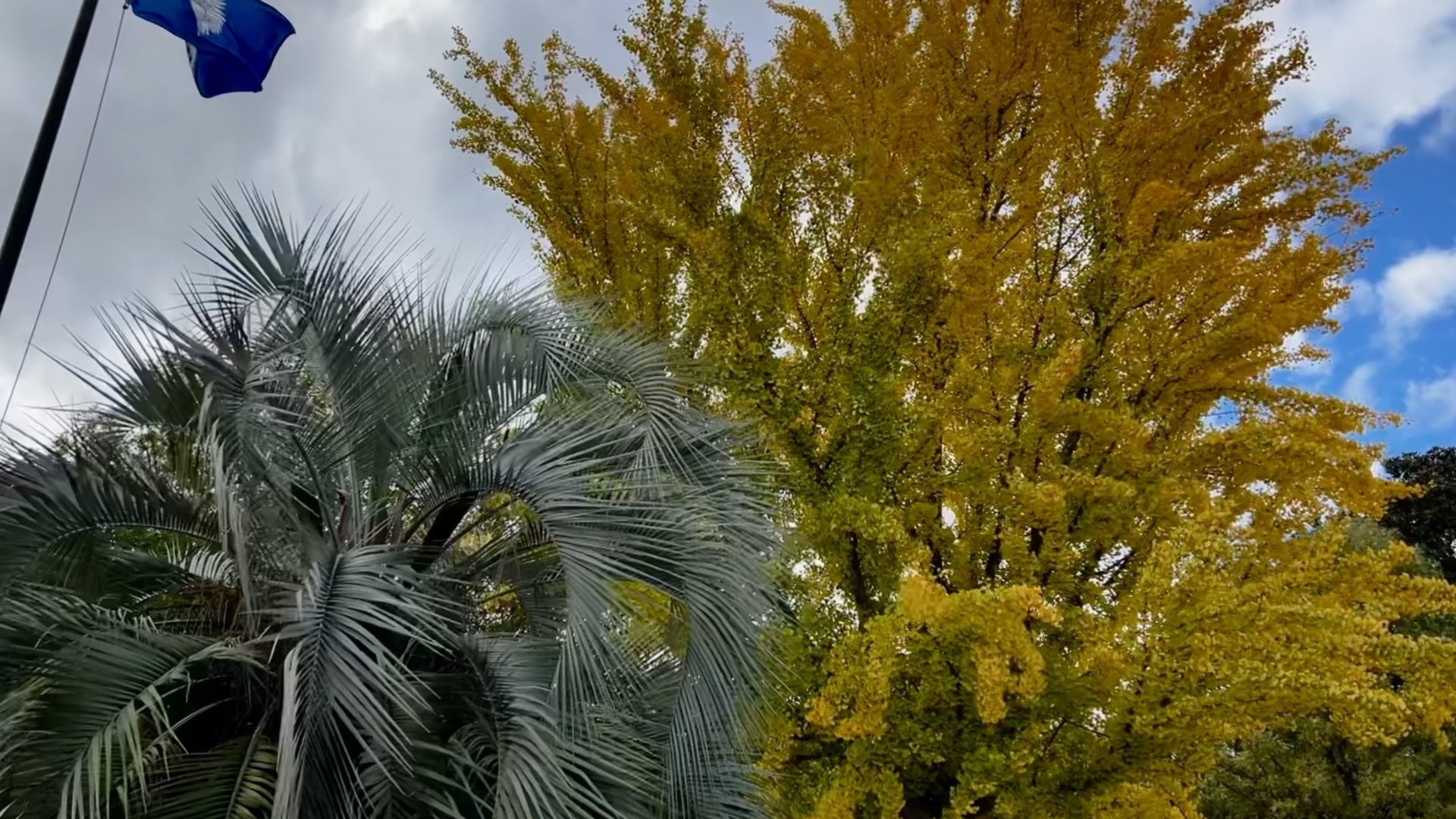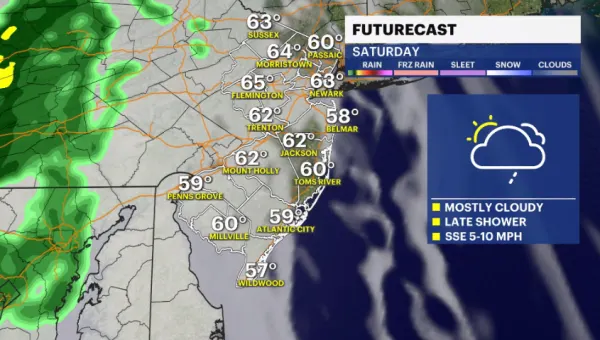Garden Guide: Five cold hardy palm trees
There are thousands of different species of palm trees, and most of them are strictly tropical, but a handful of palms can handle enough cold to survive our mildest winters.
Share:
More Stories
1:57

Garden Guide: Fertilizer myths and tips
2ds ago1:33
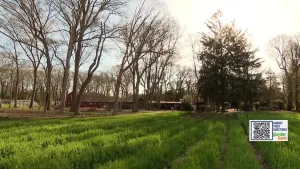
Garden Guide: What is community-supported agriculture?
2ds ago1:36

Garden Guide: Do these garden chores in April for beautiful plants all season long
16ds ago3:34

Garden Guide: Learn how to compost
18ds ago2:34
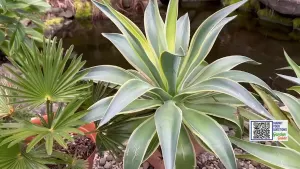
Garden Guide: How to acclimate your plants back outdoors
23ds ago1:46
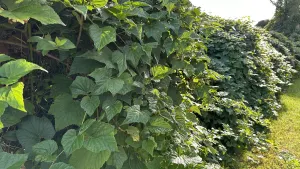
Garden Guide: Choose native plants for a colorful and low maintenance garden
30ds ago1:57

Garden Guide: Fertilizer myths and tips
2ds ago1:33

Garden Guide: What is community-supported agriculture?
2ds ago1:36

Garden Guide: Do these garden chores in April for beautiful plants all season long
16ds ago3:34

Garden Guide: Learn how to compost
18ds ago2:34

Garden Guide: How to acclimate your plants back outdoors
23ds ago1:46

Garden Guide: Choose native plants for a colorful and low maintenance garden
30ds agoNothing brings the image of a tropical vacation quite like palm trees. You may have seen palm trees planted as summertime potted plants in our climate, but some gardeners are pushing the limits and growing palm trees outside all year long with cold hardy palm trees.
There are thousands of different species of palm trees, and most of them are strictly tropical, but a handful of palms can handle enough cold to survive our mildest winters. In recent years, our winters have been exceptionally mild. The USDA even updated our climate planting zone to reflect the change in our climate.
Although we can still experience significant cold, it's becoming less frequent, and gardeners are taking advantage of it.
Island Wide Palm trees is based out of Medford, NY and have a very unique specialty. They're a local company that supplies cold hardy palm trees to homeowners looking for a tropical look that doesn't end when the weather gets cooler. These palm species will be damaged during a cold winter - so they also provide an optional service to cover up the palms up each winter. They wrap and unwrap more then 400 palm trees across the tristate every year.
Check out more about palm trees from Alex in the video below:
What makes cold hardy palm trees special?
Palm trees have "tree" in the name, but botanically speaking - they're more closely related to grass. They don't develop a traditional woody trunk, and only have one growing point. If the emerging leaves are killed, the rest of the plant is not able to recover. That's what makes these trees so cold sensitive. Cold tolerant palm trees can handle brief drops to temperatures as cold as 10F or even 0F, but with a few caveats:
- Protect the crown from wet weather during the winter
- Prolonged freezes are more damaging than quick drops to cold weather
- Plant against a south facing wall for an extra boost of heat on chilly days
Here are five palm trees that can survive mild winters in our climate:
Sabal minor
This short palm tree is native to the southeastern United States. If you're expecting a palm tree that sways tall in the wind - this isn't it. The trunk develops underground, which protects the plant from extreme cold. The huge palm fronds it produces will make a big statement in the garden, and it won't take up a lot of space. It's cold tolerant to 0 degrees but can survive colder if the duration of cold is brief. In a protected spot, this palm can survive in all but the coldest spots in our area.

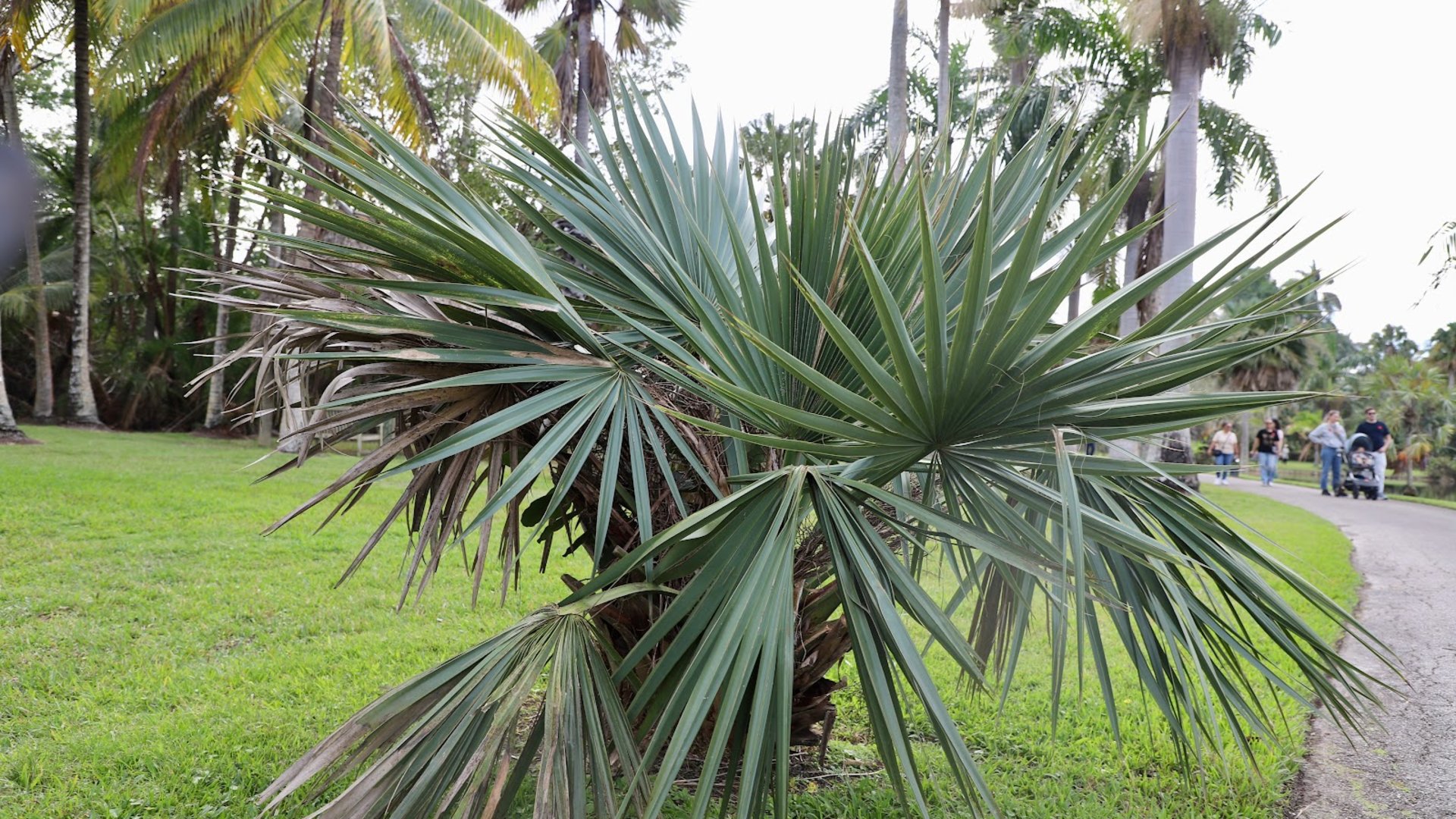
Needle Palm
The needle palm is short growing like a Sabal minor but armed with spikes at the base of the plant. It's also native to the southeastern United States, where it is exposed to brief arctic This palm is often considered the coldest tolerant in the world. Like other palm trees, it will die if the center growing point is damaged. However, it's a clumping palm that produces babies at the base.


Windmill palms
These are the coldest tolerant trunking-palm in the world. It's native to high elevations in Asia where it regularly snows. It prefers cool temperatures and can be seen lining streets in Vancouver. It can handle temperatures down to 10F before the plant begins to show major signs of decline.

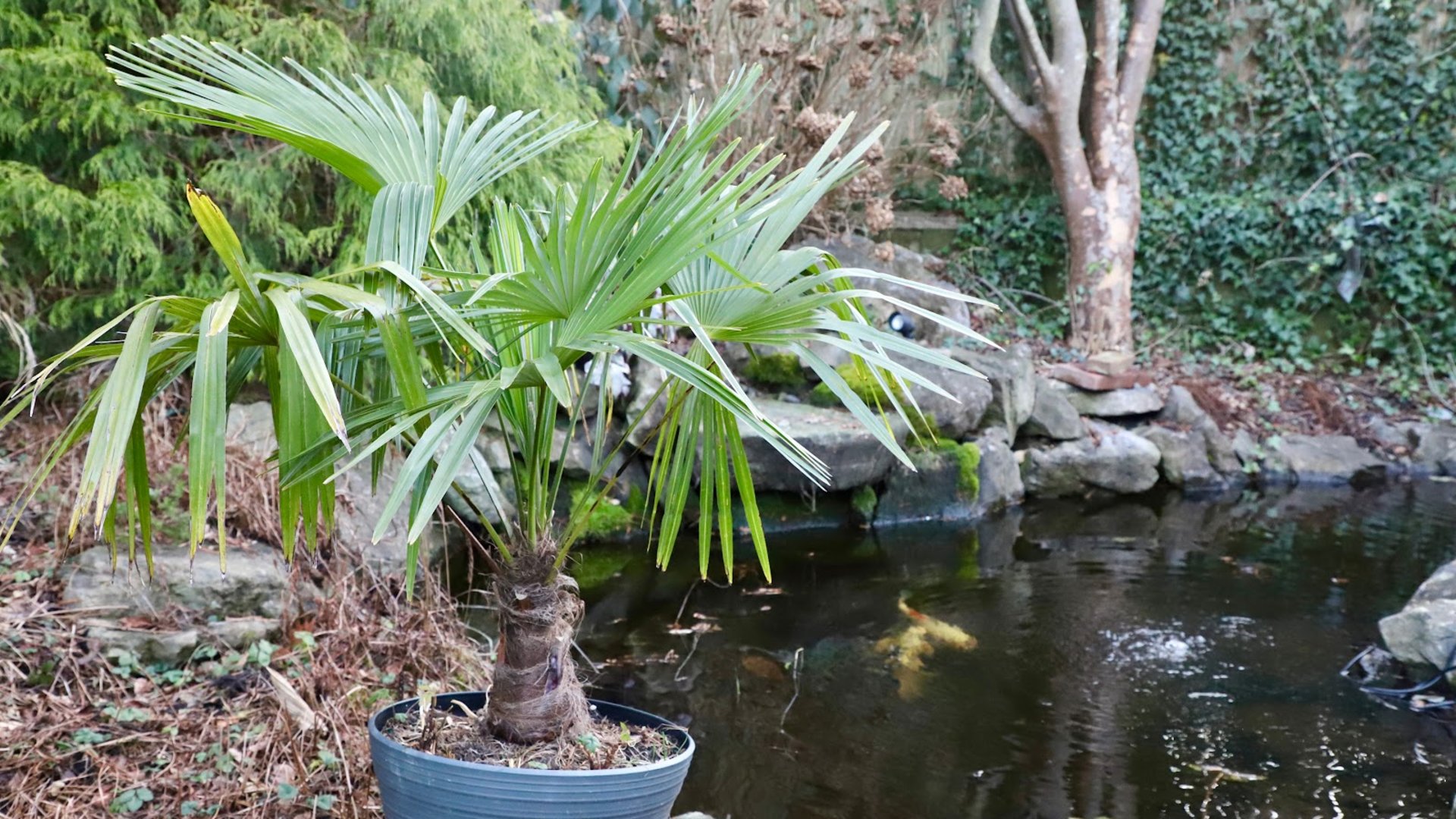
European Fan Palm
Landscapes around the Mediterranean are loaded with palms, but this is the only one native to the region. This palm is cold tolerant to about 15F before damage occurs, but can handle much colder in climates with dry and sunny winters.

Pindo palms
This is the coldest tolerant palm with feather shaped leaves but is less cold tolerant than the others on this list. It typically declines around 15F and cannot survive extended periods below that. This palm would need protection every winter in our climate, or it can make a great container plant that goes inside during the coldest weeks of the year. The silver foliage is very unusual, and it produces edible fruit that is made into a jelly that tastes like pineapple and coconut.
